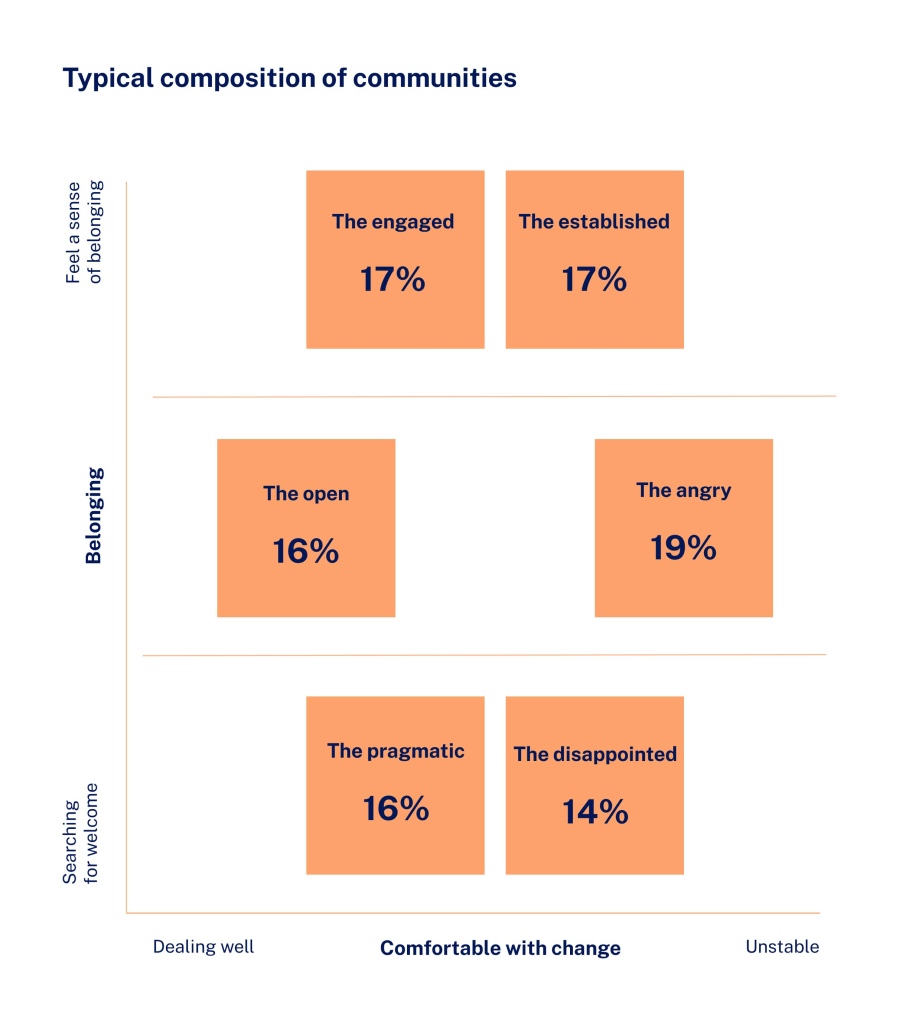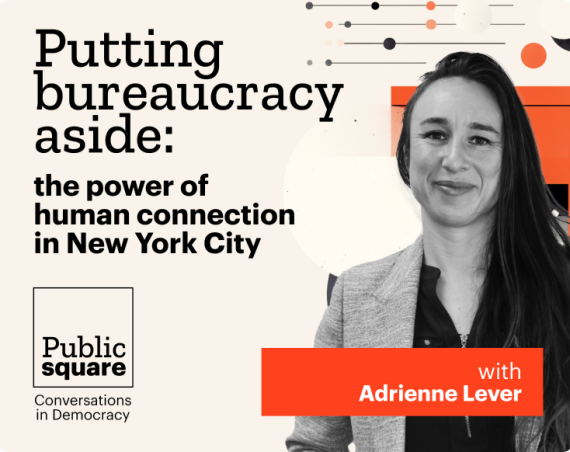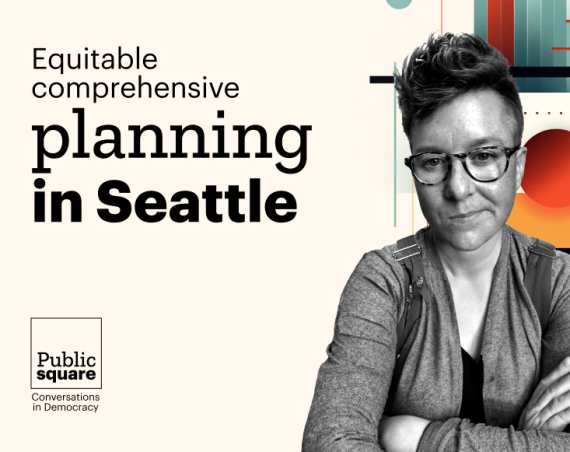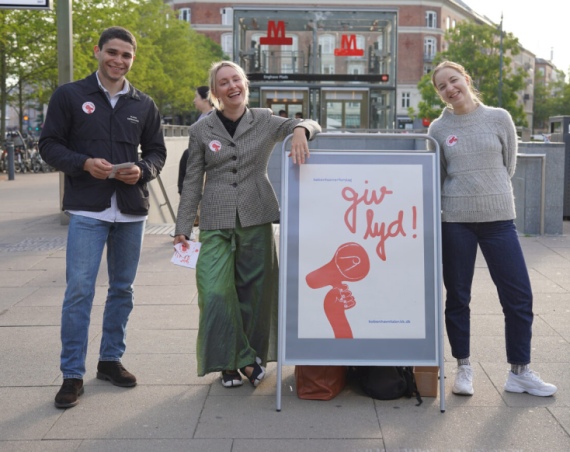Every local government and organization that has ever launched a community engagement project knows the challenge: How do you reach underheard groups? In this article, we’ll cover some of the good practices to follow for inclusive community engagement so that you’ll be ready to set up your participation broadly and activate even hard-to-reach target groups.
Every community has a distinct personality shaped by the diverse individuals who are part of it. To engage them effectively, you need to identify their unique needs and preferences for engagement. Understanding how your residents prefer to interact and when they are most likely to engage will ensure your strategies are tailored to maximize participation. Failure to do so can lead to strategies that, despite being well-intentioned, simply do not resonate.
You’ll need to find answers to two crucial questions to create an effective strategy.
1. What are the hurdles your community members must overcome to get involved in engagement initiatives?
The first step you’ll need to take is to identify which groups in your community are currently underrepresented. By understanding this, you can dive deeper and discover the specific challenges preventing their participation. Think of groups such as:
- People who are not fluent in your local language
- Young residents
- People with physical disabilities, e.g. visual and hearing impairments
- Those at risk of poverty
2. If not hurdles, what are the reservations people have about participation?
In addition to the obstacles mentioned above, there are also reservations that people may have when it comes to community engagement. These, too, must be taken into account to enable inclusive participation. There are two main types of reservations:
- Personal reservations: This can be a lack of motivation, skepticism, or resources. Examples: “What is my vote supposed to achieve?”, “I don’t feel comfortable in formal government settings” or “I don’t have the time for that”.
- Project-related reservations: These may be related to the approach or a lack of clarity around the goal. This might lead to reactions such as “I don’t understand it well”, “I don’t have enough knowledge about this topic to engage” or “I’m not sure what I’m being asked to do”.
In a recent study, the organization More in Common states a community is usually made up of 6 types of residents, with the bottom section of their chart consisting of those who are “disappointed” and “pragmatic”. Community members who are often not taken into account – the underheard. Typically, these people are neither socially nor politically well-integrated, and disorientation often prevails. This often leads to them not participating, causing them to be labeled as “the invisible”.

Source: More in Common: „Mehr Erreichen: Impulse für eine breitere Bürgerbeteiligung vor Ort“ (2023)
The more “delicate” the composition of your community, the more versatile the solutions you need to implement to reach broad participation. After all, you want every group affected by the topic you’re engaging them about to be represented – and not only the “usual 10” people whose opinions you’ve heard so many times before. Inclusive community engagement also helps remedy and prevent further growth of political apathy and disengagement. After all, inclusion and participation are healthy for democracy!
Ten recommendations for inclusive community engagement
Let’s dive into effective strategies for truly inclusive community engagement. How can you best engage marginalized groups? When are individuals most likely to get involved, and what specific support do these groups need to be actively included?
These foundational questions will guide our ten recommendations for reaching those often overlooked.
- Connect with your diverse target audiences by communicating in ways they can easily grasp. Adopt inclusive communication methods, such as straightforward language, and pair it with relatable imagery. For instance, when people see images of people resembling them on promotional materials, they feel more recognized and engaged.
- Embrace blended engagement methods. Implement a balanced combination of online and offline engagement techniques that resonate with different audiences.
- Address and mitigate any personal or project-based hesitations. Clearly articulate the goals, expected outcomes, and direct benefits of the project to potential participants. As already shared in the first point, add visual aids, like infographics, to simplify complex concepts.
- Engage with every group as equals, valuing their expertise and considering intergenerational perspectives.
- Take a proactive approach to outreach by posting information about your projects in locations where your desired audiences come together, such as local grocers or places of worship. Go out, meet people where they are, and understand the motivations and interests of your target groups.
- Facilitate participation in familiar settings like community centers, libraries, or farmers markets, and guarantee that your engagement methods are easily accessible, including via services such as translation services or childcare provisions.
- For those not connected digitally, especially the vulnerable like seniors or those affected by poverty, ensure alternative avenues for involvement. Cater to such groups by offering in-person options, such as tablets at local libraries, or incentives, such as travel reimbursements, and consider organizing engagement opportunities in their neighborhood.
- Bring more people around the table. When setting up an inclusion strategy, it’s important to define stakeholders and to engage people who aren’t already around the table. This means bringing in multi-sector partners: NGOs, businesses, employers, local government officials, faith-based institutions, and community leaders. To do this effectively, it’s essential to understand your community’s values and to know who your trusted advisors in the community are. They can often point you in the right direction to addressing key gaps, such as where or when you offer a consultation period.
- Establish consistency and transparency in your engagement, fostering trust for current initiatives and future endeavors.
- Personalize your engagement methods. Be adaptable, innovative, and respectful. Embrace blended engagement methods and prioritize including every member of your city or community. Doing so allows you to connect with those often viewed as challenging to reach.
Webinar: Inclusion is the key for councils to advance community engagement
When we intentionally plan for inclusion, community engagement projects turn into more diverse, representative efforts and can lead to more equitable outcomes. The Global Exchange on Migration and Diversity at Oxford University’s Centre on Migration, Policy and Society (COMPAS) developed an inclusion framework for cities in the UK. For one of our webinars, we invited Jacqueline Broadhead, Director of COMPAS, to discuss how they learned from both local and international best practices, and what other local governments can do to be more inclusive.
Best practices for inclusive engagement – the summary
Inclusion work is continuous and evolving, but don’t let perfection stand in your way – there is no one solution or perfect formula for an inclusive project. However, if you plan intentionally, engage diverse stakeholders, and build internal buy-in from the beginning, you’ll set up your inclusion work with a strong foundation.
Discover more about inclusion in our guide “Inclusion in e-democracy”.





